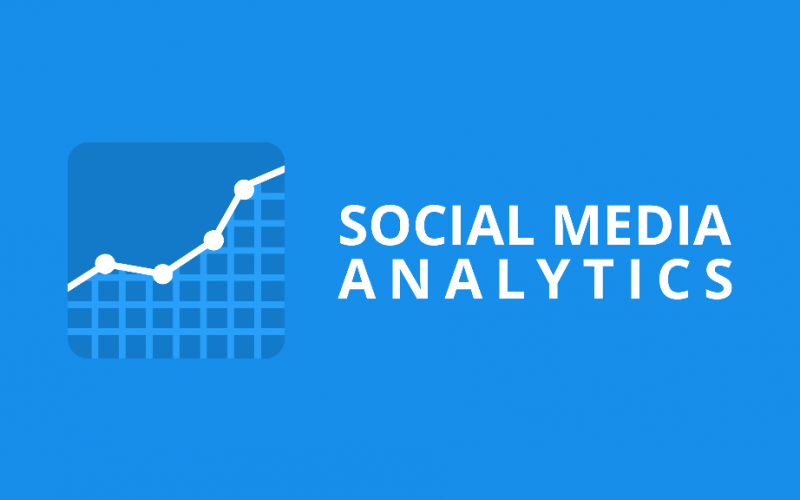Complete guide to Social media analytics, i.e. the activity of collecting, integrating and analyzing data from social networks, such as Facebook, LinkedIn, YouTube, and Twitter and so on. An essential activity for successful marketing Social media background check consists of the collection, integration and analysis of data from social networks, such as Facebook, LinkedIn, YouTube, Twitter, and so on. It is a basic activity of Social media marketing and increasingly important for the effectiveness of marketing strategies.
Through the data generated by social networks, it is possible to carry out truly in-depth analyzes with respect to public behavior and performance and the online positioning of individual profiles, characters, brands, companies, as well as studying the debate existing online on specific issues and topics.
Social media analytics also allows for very precise targeting and the creation of truly data-driven content and marketing campaigns. In short, the benefits for those involved in marketing, communication, advertising, Customer Experience, as well as for those who must monitor behavior and preferences, are immense, always respecting people’s privacy.
There are different types of analyzes that can be carried out: social media analytics allows you to discover a lot of information on the performance of your platforms, on those of competitors, on the market and users, on individual phenomena.
Qualitative analyzes
Qualitative analyzes explore and analyze the most intangible aspects of the online presence of organizations and people, such as positioning , tone of voice, the quality of interaction with followers and fans, the type and quality of content used, photographs, videos, texts. In analyzing specific issues, qualitative analyzes allow us to understand sentiment that is the opinions and prevailing trends with respect to a theme, a character, a brand. In this case, the analysis is based on the observation of some conversations and comments, without any statistical significance. This type of analysis is also used if the database (ie the number of conversations) is not sufficient, or if the skills and tools necessary for qualitative analysis are not available.
On the contrary, quantitative analyzes instead evaluate the performance of all measurable dimensions of the social presence of individuals and organizations, as well as analyzing the positioning and sentiment with respect to issues, brands, individuals, organizations, through a quantitative analysis of conversations, able to define the sentiment towards any subject, through the application of Natural Language Processing (NPL) algorithms, text analysis and biometric analysis.
In the following, we will use Facebook as the reference social network, for its diffusion and for the quality of the Social media analytics tools it makes available. Twitter, Instagram, LinkedIn, YouTube have several points in common and some differences, but the underlying logic of the feasible analyzes do not change much.
The number of Likes to the page, that is the number of Fans and the number of Followers of the page itself give the first measure of the notoriety of a page. The difference is simple: the number of Fans (Likes to the page) indicates how many profiles have decided to report their preference – and in theory support and approval – for the page and its contents. Conversely, the Followers they want to stay updated on the contents posted by the page without expressing explicit support. The two dimensions are independent: profiles can for example choose to become a fan of a page without receiving updates (and vice versa). Usually, the two numbers are very close, since by liking a page you are automatically also a follower. The two can be decoupled, but it is a conscious choice that perhaps not all users make.
In summary, Fans and Followers are the measure of how much the page is known and appreciated, but they do not give any indication, if not indirectly, on how many people view its contents. To measure this dimension we can consider the number of page views or previews of the page itself on the users’ boards or finally the audience reached by the contents or the impressions.









